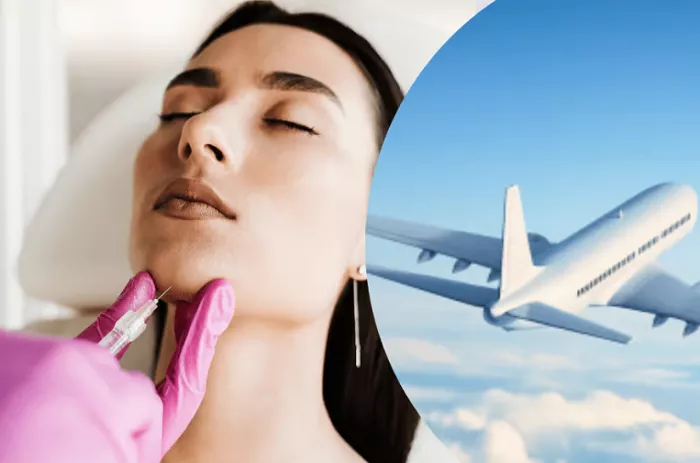Facial fillers are a popular way to enhance your appearance with minimal downtime. However, if you have travel plans soon after your treatment, you might wonder: Is it safe to fly after getting facial fillers? This comprehensive guide will provide you with all the information you need to make informed decisions about flying post-treatment.
What Are Facial Fillers?
Facial fillers, also known as dermal fillers, are injectable substances used to restore volume, smooth wrinkles, and enhance facial contours. Common types include hyaluronic acid-based fillers like Juvederm and Restylane.
How Do They Work?
These fillers are injected beneath the skin to add volume and smooth out lines. The procedure is minimally invasive and typically requires little to no downtime.
Immediate Aftercare for Facial Fillers
Common Side Effects
After receiving facial fillers, you may experience:
- Swelling
- Bruising
- Redness
- Tenderness at the injection site
These side effects are usually mild and subside within a few days.
Recommended Aftercare
To ensure optimal results:
- Avoid touching or massaging the treated area.
- Stay upright for at least 4 hours post-injection.
- Avoid strenuous exercise for 24-48 hours.
- Stay hydrated and avoid excessive sun exposure.
Flying After Facial Fillers: What You Need to Know
Is It Safe to Fly After Getting Facial Fillers?
Yes, but timing is crucial. Flying too soon after your treatment can exacerbate side effects like swelling and bruising due to cabin pressure and reduced humidity.
Recommended Waiting Period
Most practitioners advise waiting at least 24 to 48 hours before flying after receiving facial fillers. For longer flights or if you’ve had multiple areas treated, waiting up to a week may be beneficial .
Factors to Consider Before Flying
Cabin Pressure and Swelling
Changes in cabin pressure can cause fluids to shift in your body, potentially increasing swelling in the treated areas.
Low Humidity Levels
Airplane cabins have low humidity, which can dehydrate your skin and affect the longevity of your fillers.
Limited Access to Medical Care
If complications arise while you’re in the air or abroad, immediate medical attention may not be readily available.
Tips for Flying After Facial Fillers
Before Your Flight
- Schedule your filler appointment at least a few days before your trip.
- Discuss your travel plans with your practitioner.
- Follow all aftercare instructions diligently.
During Your Flight
- Stay hydrated by drinking plenty of water.
- Avoid alcohol and salty foods, which can increase swelling.
- Use a neck pillow to keep your head elevated.
- Apply a cold compress if you experience swelling.
After Your Flight
- Continue to monitor the treated areas for any unusual changes.
- Contact your practitioner if you notice significant swelling, pain, or other concerns.
Special Considerations
Long-Haul Flights
For flights longer than 4 hours, consider waiting at least a week after your filler treatment before flying. Extended periods of immobility can increase the risk of swelling and discomfort.
Travel to High-Altitude Destinations
High altitudes can exacerbate swelling. If you’re traveling to such areas, consult your practitioner for personalized advice.
Conclusion
Flying after facial fillers is generally safe if you take the necessary precautions. By allowing adequate time between your treatment and your flight, staying hydrated, and following your practitioner’s aftercare instructions, you can minimize potential side effects and enjoy your travels with confidence.


